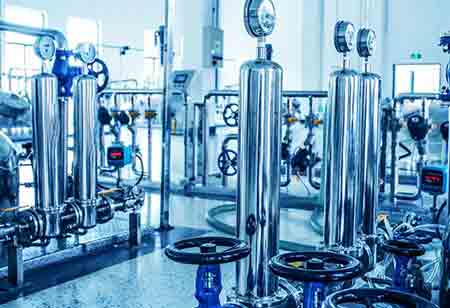Catalysts in modern chemical processes can deactivate due to poisoning, sintering, and aging. Advancements in materials, active site engineering, and monitoring manage deactivation.
FREMONT CA: Catalysts are integral to modern chemical processes, expediting reactions and improving efficiency. However, they are prone to deactivation, which can considerably diminish their performance and require frequent replacement.
Catalyst deactivation is a significant challenge in industrial processes, primarily driven by poisoning, sintering, and aging factors. Chemical poisoning occurs when contaminants in the feedstock or reaction environment bind to the catalyst's active sites, rendering them inactive. At the same time, carbon deposition can block these sites and diminish catalytic activity. Thermal sintering, caused by high temperatures, leads to the growth of catalyst particles, reducing their surface area and effectiveness. Mechanical sintering, conversely, results from the attrition of catalyst particles during the reaction process. Additionally, catalysts naturally degrade over time due to exposure to environmental factors like moisture, oxidation, and mechanical stress.
Emerging Catalyst Materials and Technologies
Recent advancements in catalyst materials have introduced several promising innovations. Single-atom catalysts, characterized by isolated metal atoms dispersed on a support material, offer high atomic efficiency and the potential for enhanced stability. Perovskite catalysts, known for their unique properties like oxygen vacancies and redox activity, hold promise for various industrial applications. Additionally, with their porous structures, zeolites and molecular sieves serve as effective catalyst supports or active components, providing both selectivity and stability.
Several strategies are employed to prolong catalyst life. In catalyst design and optimization, active site engineering, careful selection of support materials, and precise catalyst formulation are crucial for enhancing performance and stability. Process optimization is also essential, involving the purification of feedstock, stringent control of reaction conditions, and developing effective regeneration techniques to restore deactivated catalysts. Innovative materials, such as metal-organic frameworks (MOFs), core-shell catalysts, and hierarchical catalysts, offer promising solutions for improving stability and reducing deactivation.
In situ characterization and monitoring play a vital role in managing catalyst deactivation. Advanced analytical techniques, including X-ray diffraction, spectroscopy, and microscopy, allow real-time tracking while process control systems optimize operating conditions. Catalyst recycling and reuse are critical, with efficient recovery, purification, and regeneration methods reducing waste and operational costs.
Catalyst advancements have had significant impacts across various industries. In petroleum refining, developing more resilient catalysts has facilitated the processing of heavier crude oils while reducing emissions. In the automotive sector, improvements in catalyst technology have played a key role in reducing vehicle emissions, leading to better air quality. Additionally, in chemical production, catalysts are indispensable for the efficient and competitive production of a wide range of chemicals, where their performance and longevity are critical.
Overcoming catalyst deactivation presents a significant challenge within the chemical industry. By thoroughly understanding the underlying causes and employing innovative strategies, researchers and engineers can substantially extend catalyst lifespans, enhance process efficiency, and minimize environmental impact. As technology progresses, more sophisticated approaches are anticipated to prolong catalyst life, ensuring sustainable chemical production.

